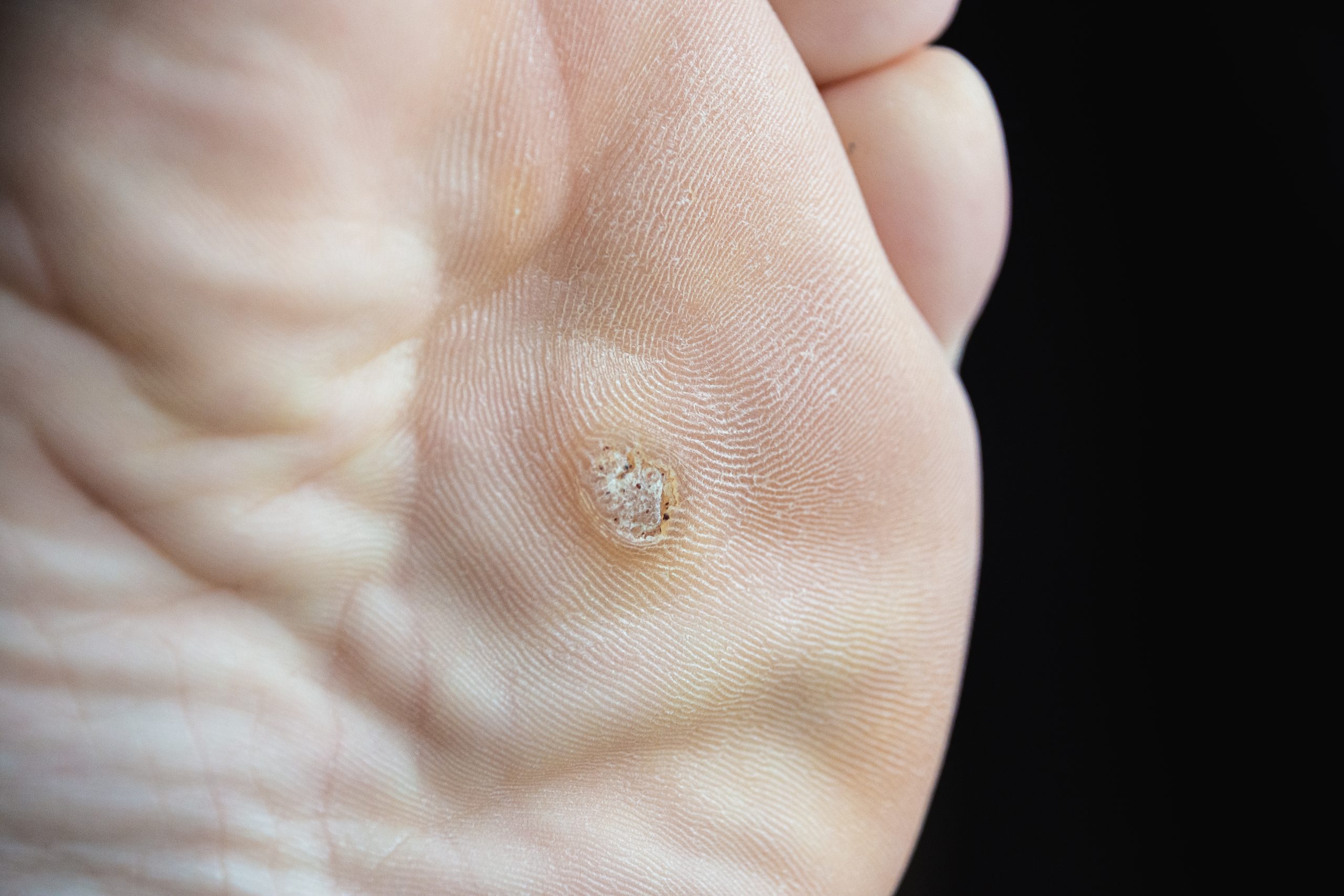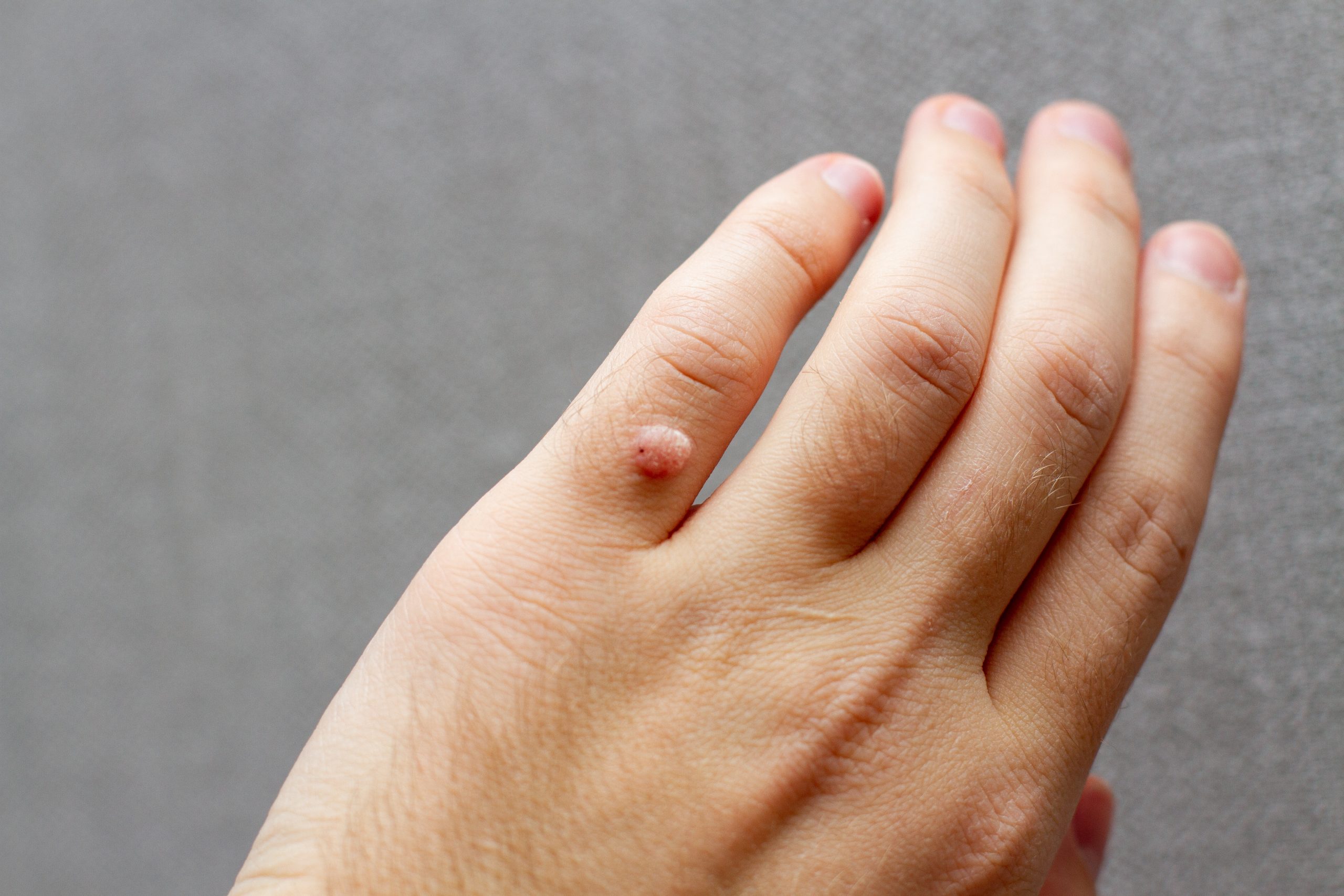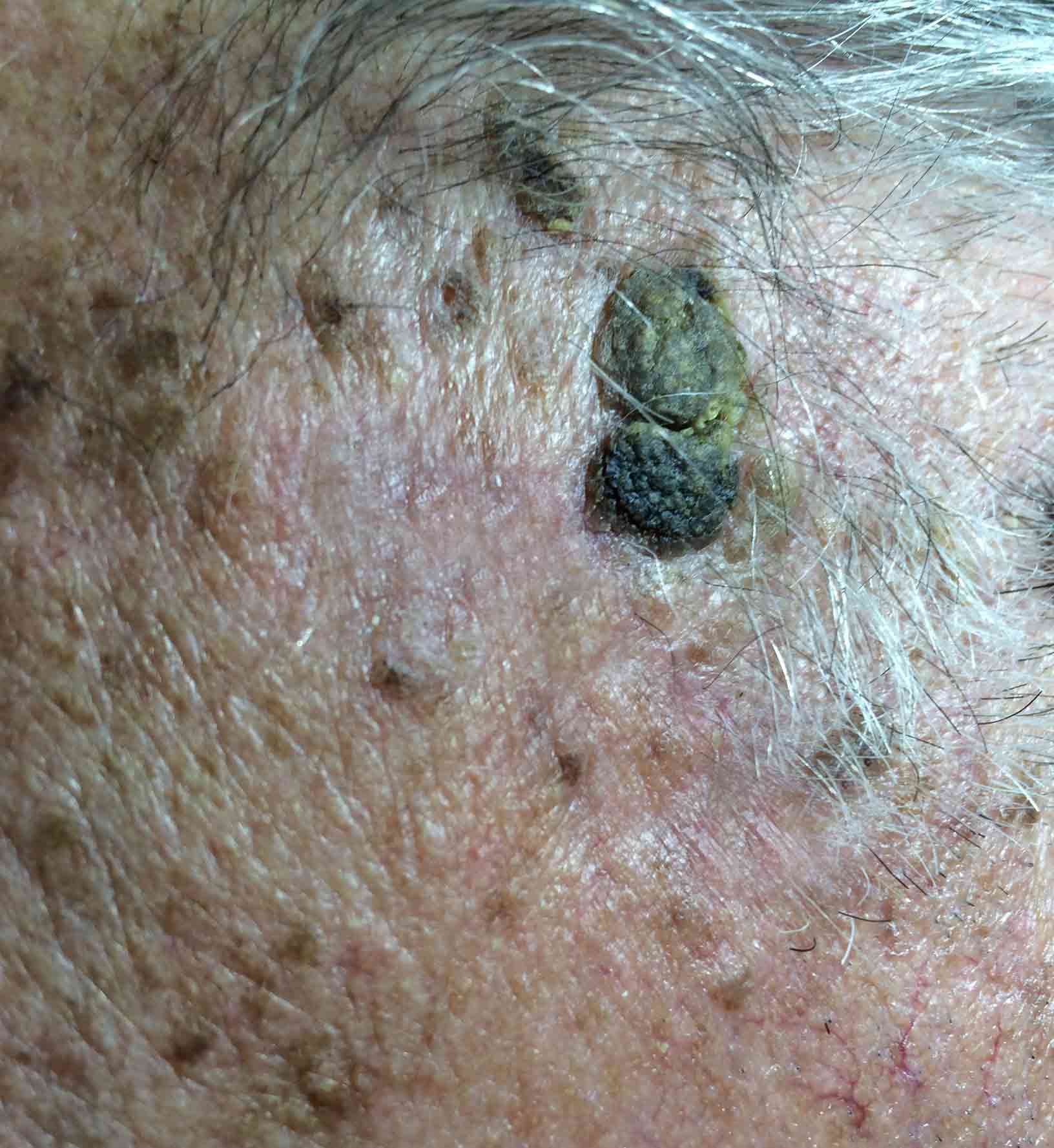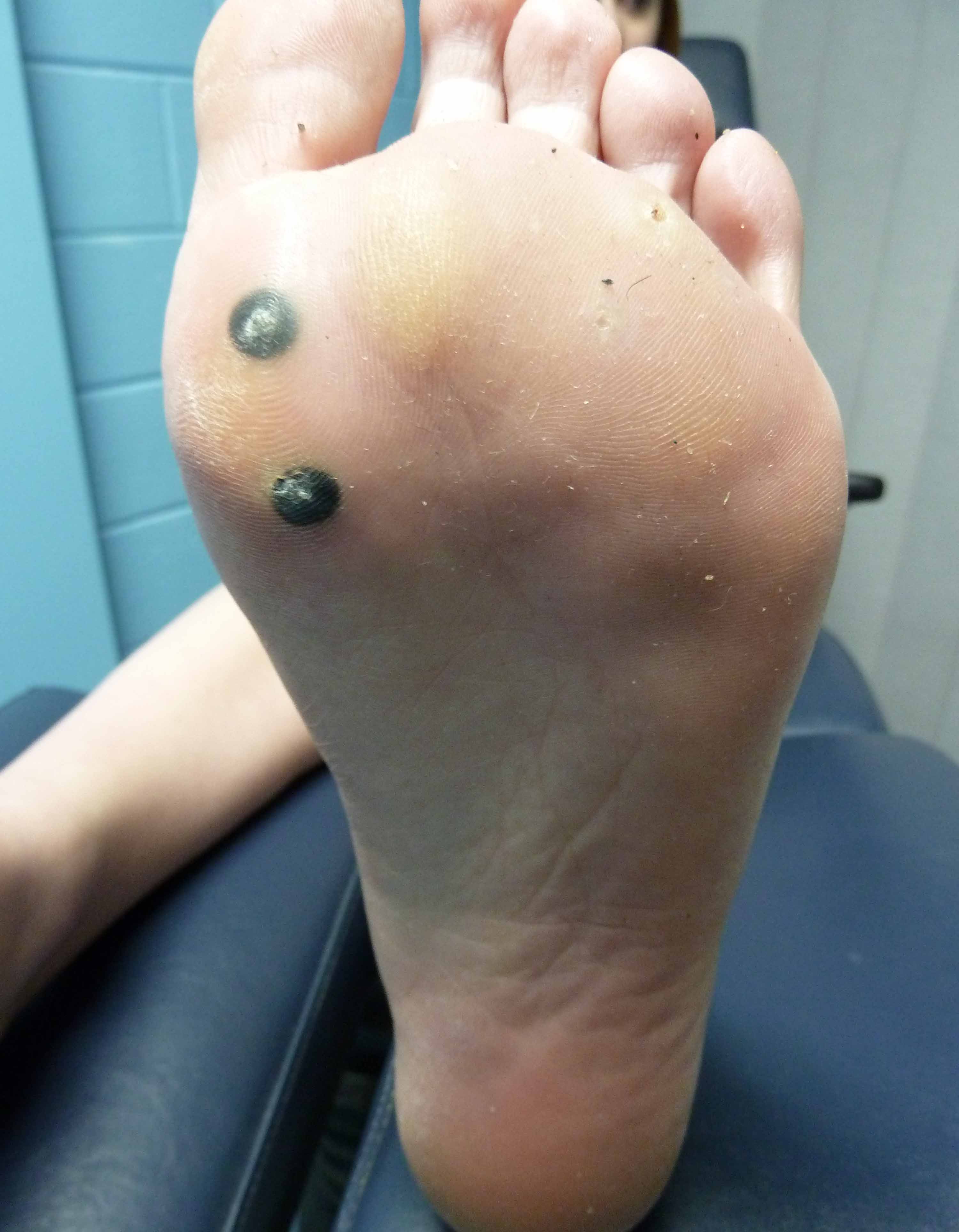Most common on the face, neck, hands, wrists, and knees. The wart is painful. The warts are usually … Common warts are caused by a virus and are transmitted by touch. Flat wart (verruca plana), a small, smooth, flattened wart, flesh-coloured, which can occur in large numbers; The treatment destroys the infected skin cells. You should however seek medical attention if you are in … Have warts that hurt, itch, burn or bleed. Think the growth may not be a wart or it looks suspicious. · if youre not sure your skin growth is a wart (some skin cancers look like them), it doesnt get better with home treatment, it hurts, or you have a lot of them, check with your doctor. Different types of hpv can cause warts on … The dermatologist will inspect the wart and may perform a biopsy or conduct other treatments to remove the wart. · if you notice a wart that does not change much in terms of size, shape, or color, you may not need to see your doctor. · you notice bleeding or signs of infection, such as pus or scabbing, around a wart. This can be done by surgery (including excision, electrocautery and carbon dioxide laser), cryotherapy … Treatment consists of destroying the outer layer of skin where the wart grows on. · these dots are clotted blood vessels. It can take 2 to 6 months for a wart to develop. Immunotherapy is a treatment that encourages your immune system to recognise the skin cells that are infected with wart virus. Have many warts. Have a wart on your face, genitals or rectum, or in your mouth. · a wart, also known as a verruca, is a small fleshy bump on the skin or mucous membrane caused by human papillomavirus (hpv). The color of the wart changes. · a person who thinks they have a wart can visit a dermatologist.
Wart Disappearing? Spot These Crucial Changes Now!
Most common on the face, neck, hands, wrists, and knees. The wart is painful. The warts are usually … Common warts are caused by a...

